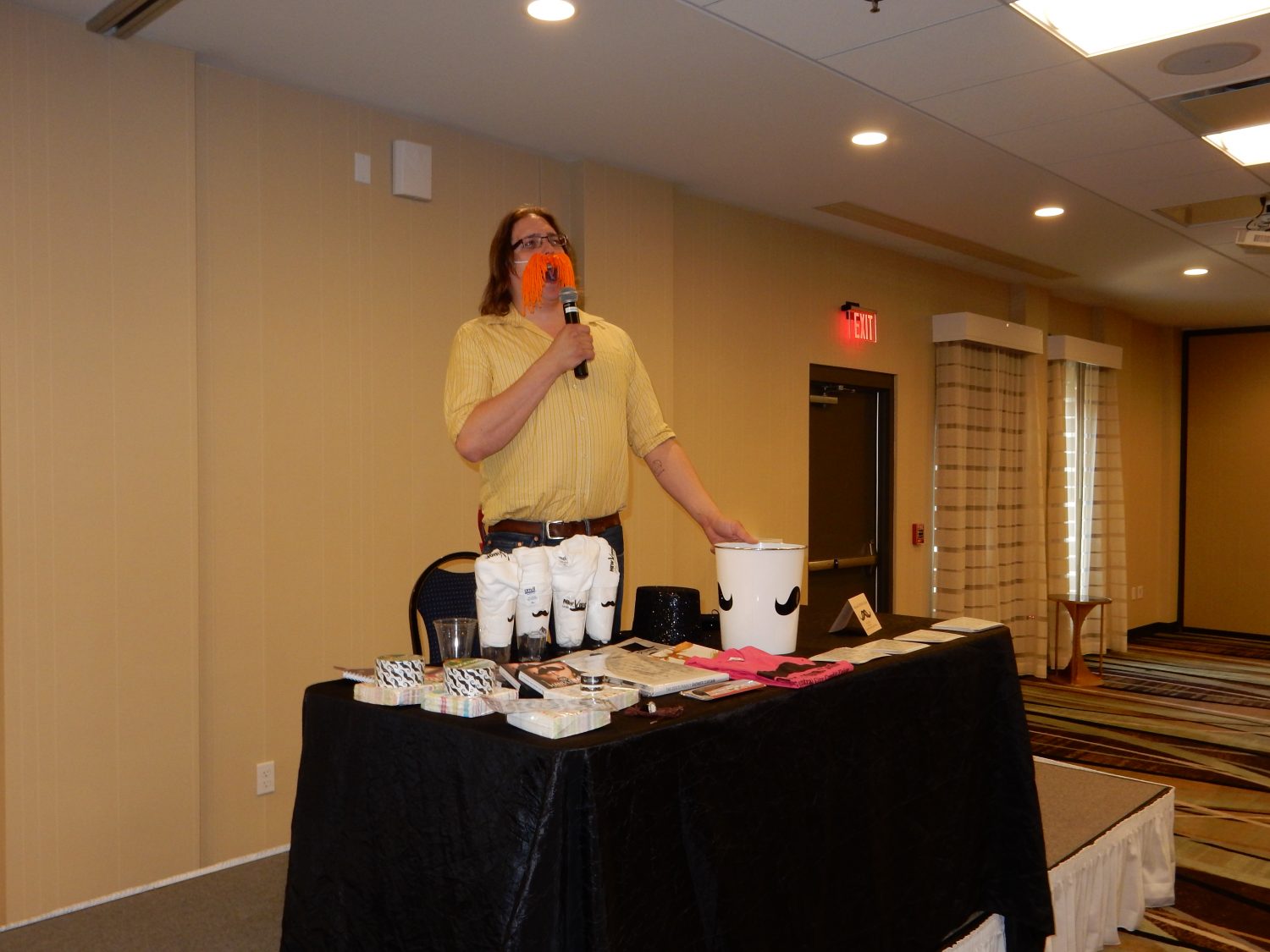Journey to wellness: Controlling your breath

The way you inhale and exhale impacts your overall well-being
By Josiah Groth
Featured Columnist
Breathing is with us every moment of our lives and is often something we take for granted. Breath is both a detoxification and a nourishing process. When it falls into dysfunctional patterns, it can be an unnoticed cause of disease such as fatigue, anxiety, mental health issues, and insomnia. Today I want to teach you a simple test that yoga teachers use to evaluate your breath.
Begin by placing one hand over your solar plexus and another over the center of your heart. Sit up straight, close your eyes, and breathe without attempting to change anything. Just observe for a moment. If the bottom hand moves when you breathe, your diaphragm muscle is making that happen. If the top hand is moving, the muscles of your ribs and upper body are responsible for that motion, not your diaphragm. By paying attention for a couple minutes, you can easily tell which muscles are working as you breathe.
When we consider that our primary relaxation and stress nervous systems are hardwired to these two different muscle groups, our test begins to take on meaning. Our test tells us if we are stimulating the sympathetic stress response or the parasympathetic rest response when we breathe.
When you breathe with your chest muscles, you are telling your body, “Hey, I’m using these extra breathing muscles that are used only when I need maximum air flow.” Your body knows that this means you are in a situation where you need extra oxygen, fight or flight conditions. When you use your diaphragm to breathe, you are stimulating your parasympathetic nervous system, which is activated during rest and digestion.
If the hand over your chest is moving in any significant way while you breathe, then you are telling your nervous system that you are in a stressful situation. Without knowing it, you are stimulating your stress response with every single breath. Thus, unconscious breath patterns can be a major source of dysfunction, constantly telling one’s body to prepare for impending doom.
It takes a lot of energy to hold that readiness. When we are busy preparing for stress, we are also diverting resources from other important physiological activities.
Our test tells us if we need to retrain our breath pattern. By training ourselves to breathe diaphragmatically instead of with our chest muscles, we change the signals we send to our nervous system. We can relax more deeply and allow the body to spend more time replenishing its energy reserves instead of bracing for stressful fights that simply are not present.
Josiah Groth is the owner of Back to Bliss Wellness. More information on his practice is available at backtoblisswellness.com.
Leave a reply
You must be logged in to post a comment.






